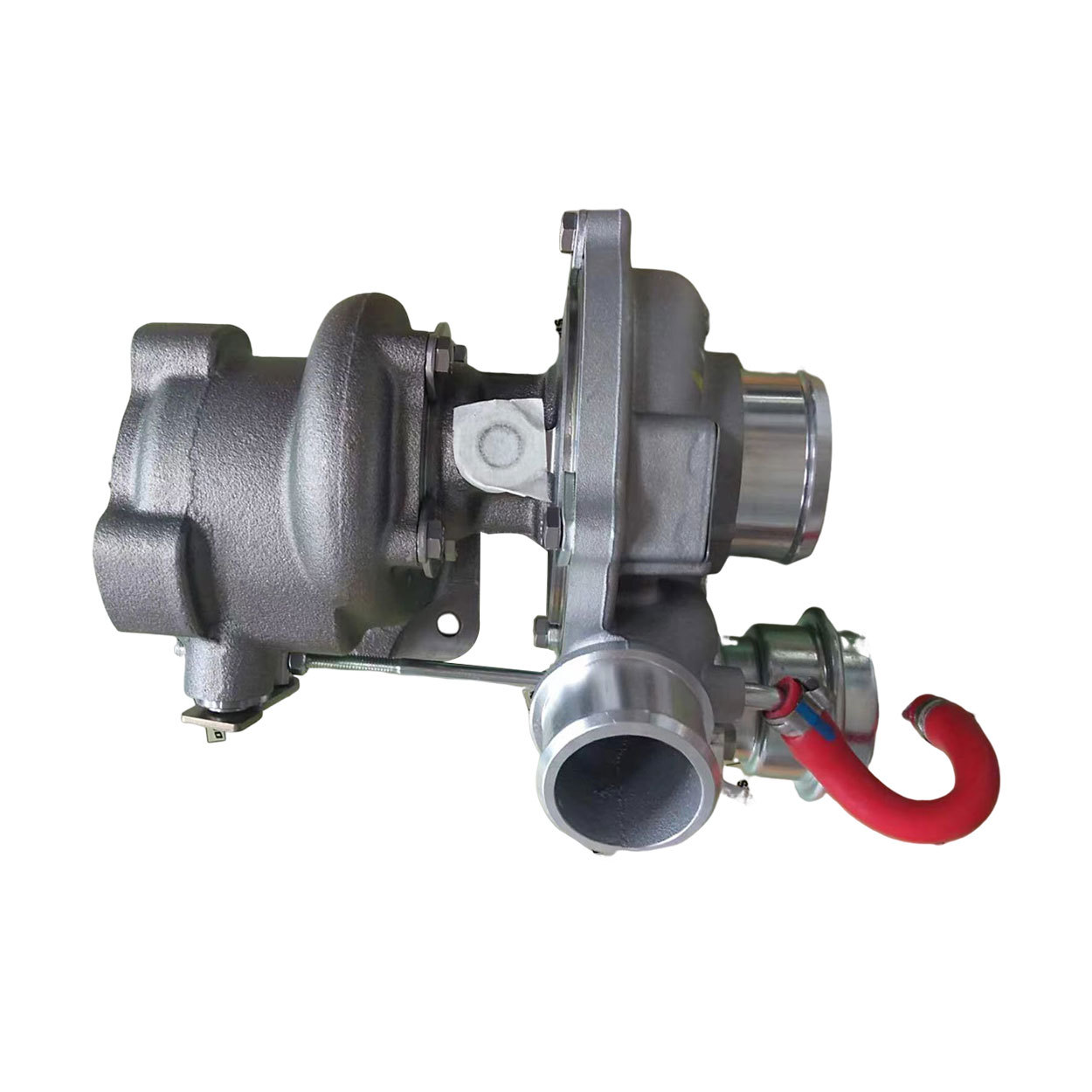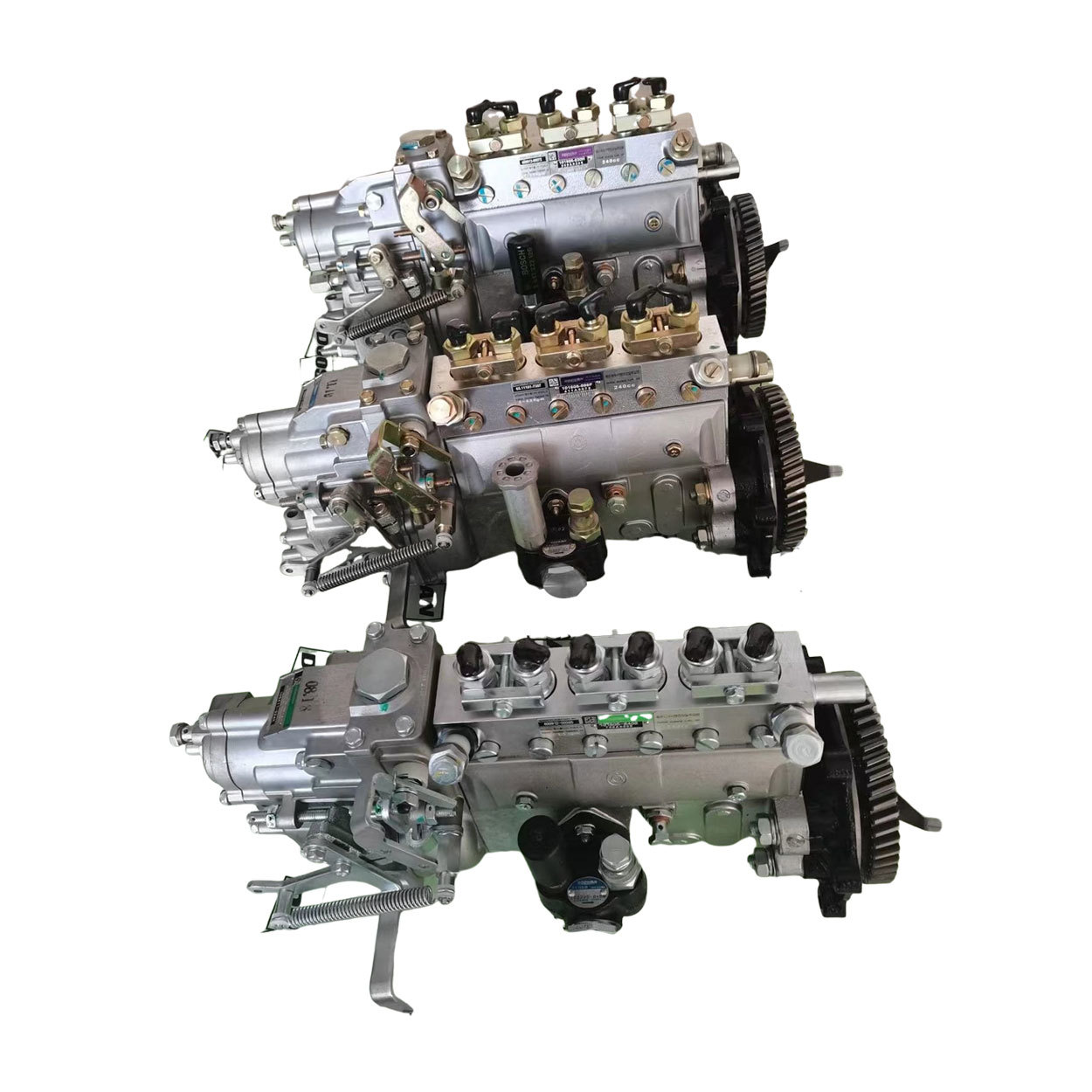Contact Us
E-mail:
15315169960@qq.com
Phone:
0086-18305352588
Address:
No. 59-50, Shuguang West Road, Fushan District, Yantai City, Shandong Province

Oil pressure sensor
- Details
-
An oil pressure sensor is a critical component in an automobile's engine that helps monitor the pressure of the oil circulating through the engine. This sensor plays a vital role in ensuring that the engine runs smoothly and efficiently, as it provides valuable feedback to the vehicle's computer system. In this article, we will explore the function of an oil pressure sensor, how it works, common problems associated with it, and how to troubleshoot these issues.
Function of an oil pressure sensor
The primary function of an oil pressure sensor is to monitor the pressure of the oil circulating through the engine. It is typically located near the oil filter or oil pump and is connected to the engine's computer system. The sensor works by measuring the pressure of the oil and sending this information to the computer, which then adjusts the engine's performance accordingly. If the oil pressure is too low, the sensor will trigger a warning light on the dashboard to alert the driver of a potential problem.
How an oil pressure sensor works
An oil pressure sensor works by utilizing a diaphragm that is exposed to the oil circulating through the engine. As the oil pressure changes, the diaphragm flexes, causing a resistance change in the sensor. This change in resistance is then converted into an electrical signal, which is sent to the engine's computer system. The computer uses this information to adjust the engine's performance, such as adjusting the timing or fuel delivery, to ensure that the engine runs smoothly and efficiently.
Common problems with oil pressure sensors
Like any other component in a vehicle, oil pressure sensors can develop problems over time. One common issue is a faulty sensor that provides inaccurate readings to the engine's computer. This can result in the engine not receiving the correct information, leading to poor performance or even engine damage. Another common problem is a clogged sensor due to oil sludge buildup, which can cause the sensor to malfunction. Additionally, wiring issues or corrosion can also lead to sensor failure.
Troubleshooting oil pressure sensor problems
If you suspect that your oil pressure sensor is not functioning correctly, there are several steps you can take to troubleshoot the issue. First, check the sensor for any visible signs of damage or corrosion. If the sensor appears to be in good condition, you can test it using a multimeter to check for proper resistance readings. Additionally, you can check the wiring connections to ensure that they are secure and free of corrosion. If you are still experiencing issues, it may be best to consult a professional mechanic for further diagnosis and repair.
In conclusion, an oil pressure sensor is a crucial component in an automobile's engine that helps monitor the pressure of the oil circulating through the engine. By understanding how this sensor works, common problems associated with it, and how to troubleshoot these issues, you can ensure that your engine runs smoothly and efficiently. Remember to perform regular maintenance on your vehicle to prevent oil pressure sensor problems and keep your engine running at its best.
Key words:
Get A Quote
Note: Please leave your email address, our professionals will contact you as soon as possible!
Related Products


